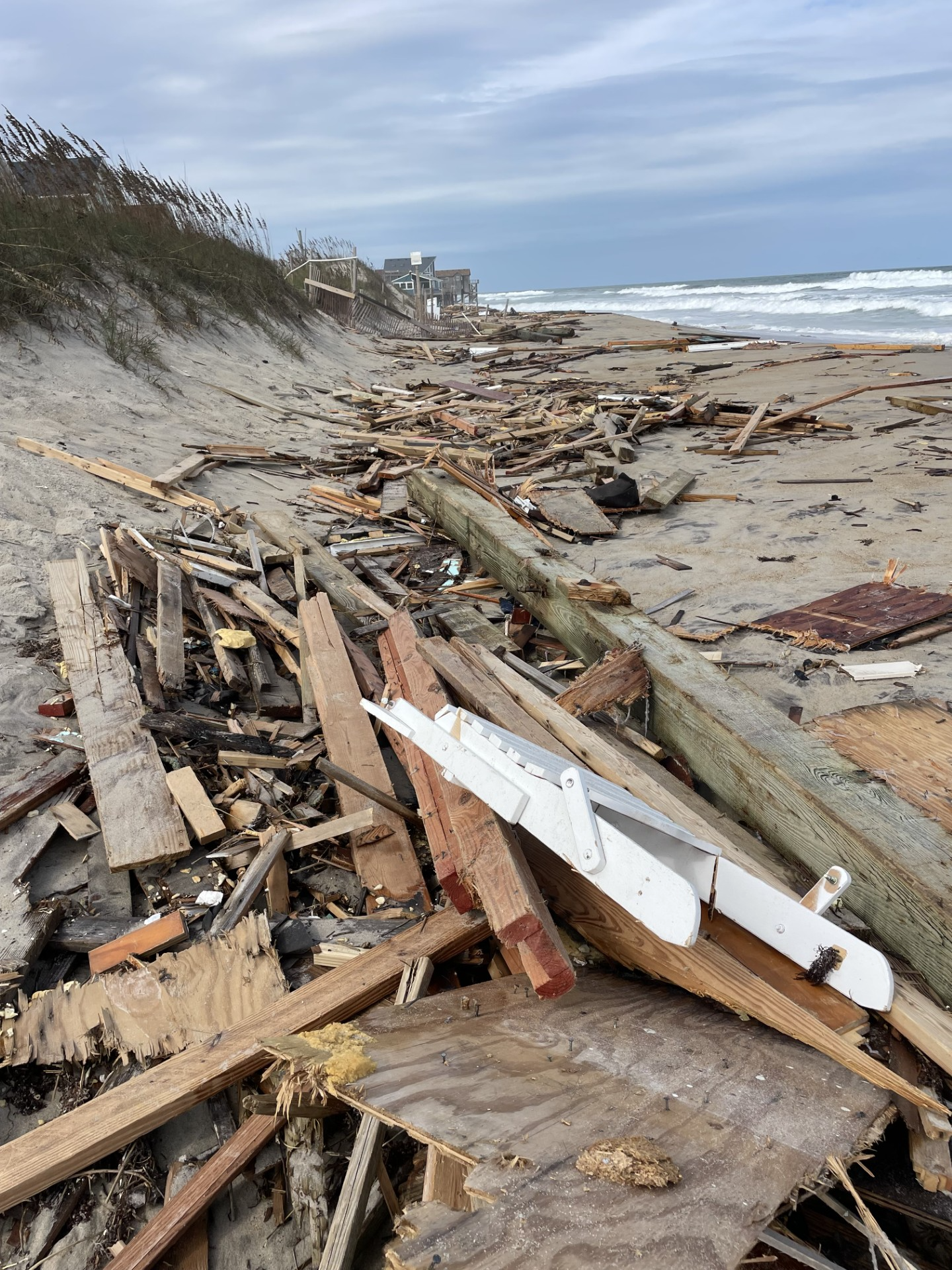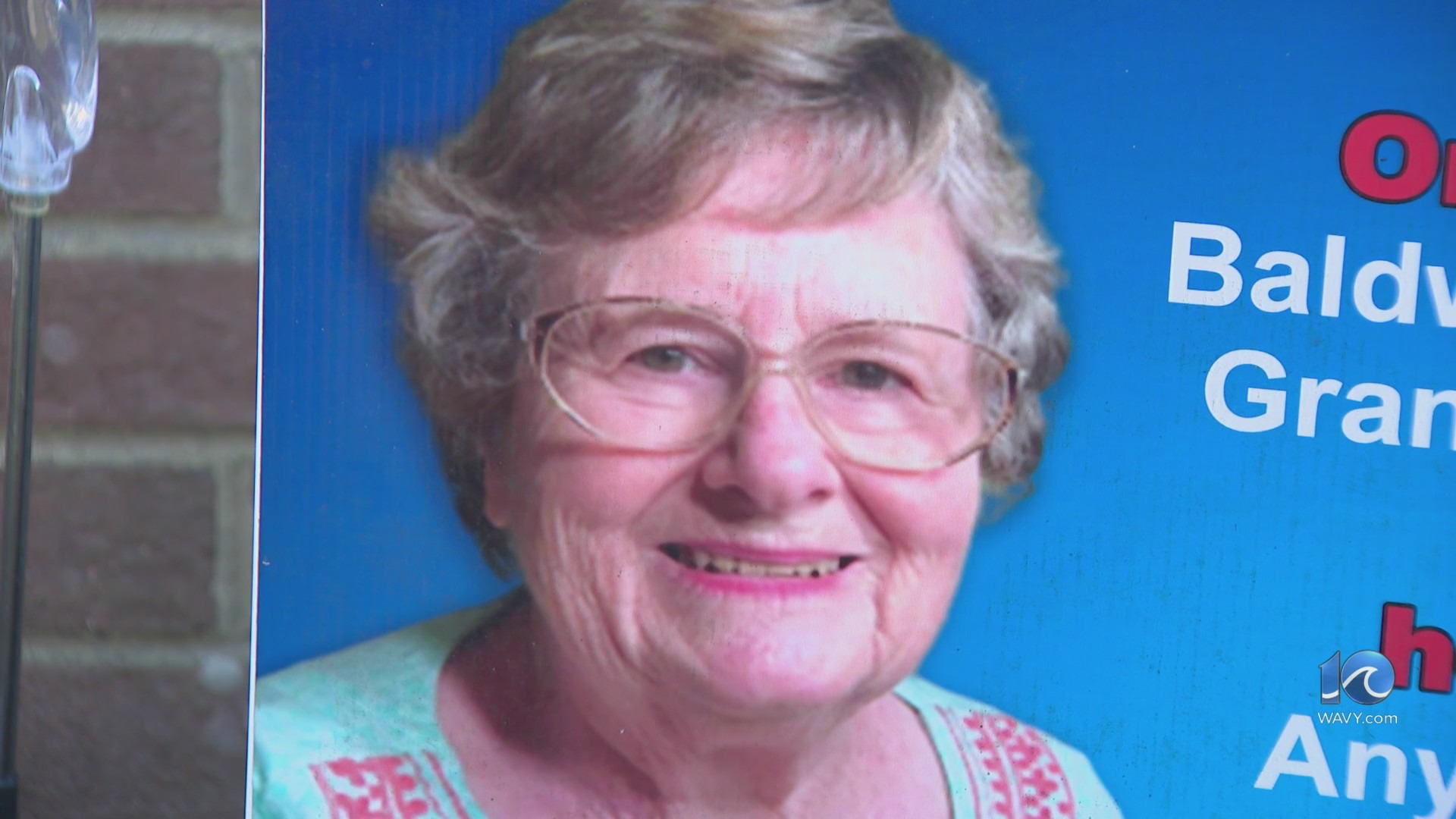(NEXSTAR) — Hope turned to heartbreak when a cargo plane loaded with Vietnamese orphans — headed to America — crashed 50 years ago this April. It was a Vietnam War-era evacuation effort known as Operation Babylift and dozens of the young children aboard the plane tragically died in the accident.
Devaki Murch, now a grown woman, was a baby aboard that ill-fated flight. As explained by the U.S. Defense Intelligence Agency, the plane — carrying 250 children, in addition to volunteers and nurses — crashed 12 minutes post-takeoff after the cargo door locks failed and the door blew off. All-in-all, 78 children and 35 personnel were killed.
“I survived a plane crash,” says Murch, who was nine months old at the time.
She’s now working to preserve the history of Operation Babylift and those who didn’t make it. They all share a history so unique that few others could even imagine.
All of the older children seated in the cargo area at the bottom of the plane perished when the belly of the plane hit the ground and skidded for a quarter of a mile in a rice paddy near the airport.
But the babies, like Murch, who were strapped in the upper portion of the cabin, made it out alive. Also lost in the crash: the majority of the adoptees’ records. In fact, aside from one baby photo and a few papers, Murch had no details about her birth or her birth parents.

“I don’t have a hospital bracelet. I don’t have a little lock of hair from when I came home. What I have are front-page New York Times articles and I have survival manifests. That’s my baby records,” says Murch.
While sifting through some boxes kept by an adoption agency, one file folder caught Murch by surprise. They were handwritten letters from her birth mother, detailing the efforts her adoptive parents went through to make her their own.
“It tracked the entire story before I became my parents’ child,” she says. “Before I existed in their arms, I existed in that folder.”
Murch created the traveling exhibit “Operation Babylift: New Perspectives” to show off these very personal artifacts around the country, so everyone can learn the story of Operation Babylift.
“When you’re dealing with humans, you’re dealing with sensitive emotions,” says Murch. “You’re dealing with history. You really, really need to do it properly.”














